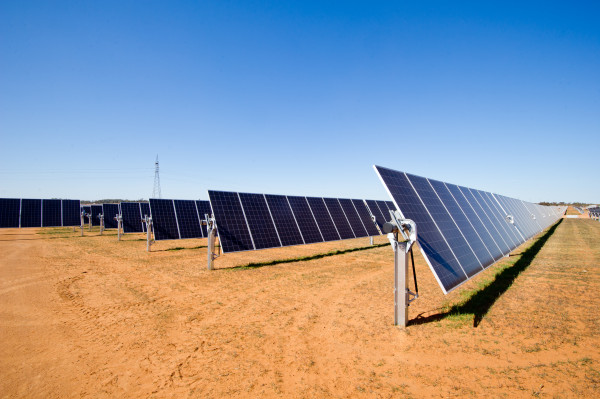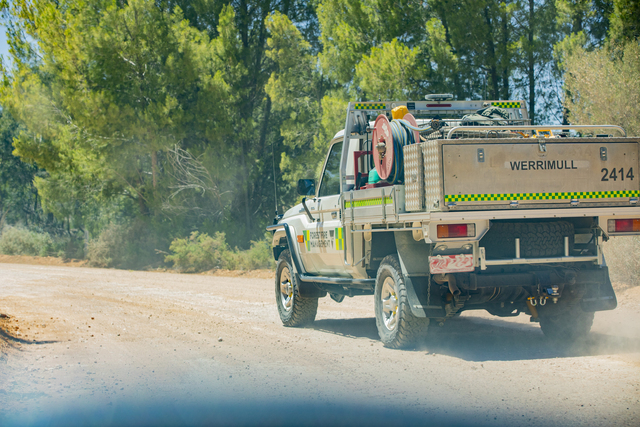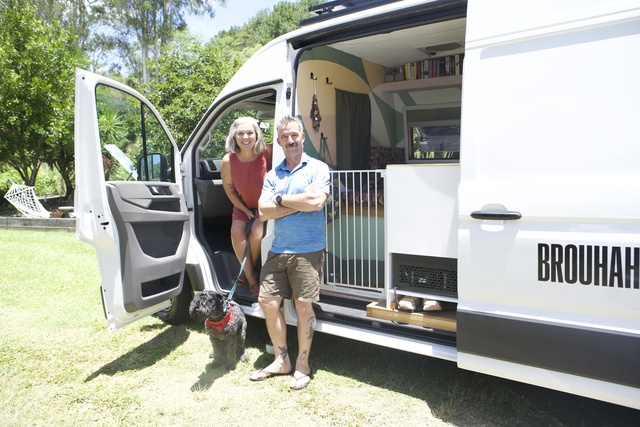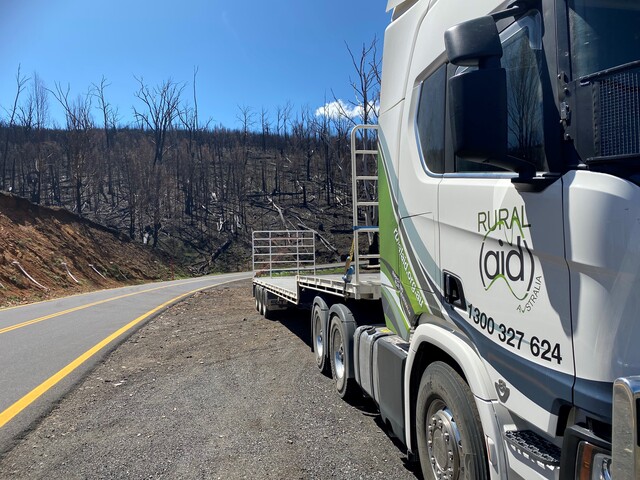MORE investment is needed to improve Victoria’s energy network so that solar companies operating across in Sunraysia can achieve maximum capacity, State Parliament has been told.
Parliament heard that certain parts of Victoria – including north-west Victoria – had reached grid capacity and a series of network upgrades was needed to meet current and future solar development in Sunraysia.
The Australian Energy Market Operator (AEMO) recently constrained the output of large-scale solar generators at Karadoc, Wemen, Bannerton, Gannawarra and Broken Hill by 50 per cent because of issues over “system strength”.
Labor Party Member for Burwood Will Fowles said current solar projects were being constrained at a project level and some of the potential new projects were being constrained from being brought to market.
“That is because the energy grid is no longer fit for purpose,” Mr Fowles said.
“It is a grid that was designed as hub and spoke – that is, a grid where all the generation happened in the Latrobe Valley and was transmitted to Melbourne and onwards,” he said.
“While the development of wind power in the west is relatively well serviced by transmission infrastructure, Sunraysia – the Mildura area – north-central Victoria, the Central Highlands, these areas are not well serviced by transmission infrastructure.
“They are not set up to be bringing power back down from those areas into Melbourne.
“The risk of not having the right infrastructure in place is that the industry renewables investment, particularly solar investment, comes to a grinding halt.”
Mr Fowles said it was important there was a model that allowed the government to set a set of priorities to ensure the grid adapts in advance of new transmission capabilities.
“If we, as a government, can recognise that Sunraysia – and the clue is in the name – is going to deliver a whole lot of solar energy ultimately back to Melbourne, then we can plan a network system and a series of network upgrades to Sunraysia in anticipation of the projects, rather than the AEMO model, which is to only build transmission capacity in response to projects,” he said.
The AEMO said connecting more wind and solar generation where system strength was low presented “significant challenges”.
“These issues are emerging in remote areas throughout the NEM and are currently most serious in the west Murray zone (covering north-west Victoria and south-west NSW),” it said.
“At present, the technologies installed in the National Electricity Market need minimum levels of system strength in the local network to operate in a stable way.”
Mr Fowles said that waiting for the Federal Coalition Government to deliver “anything relating to energy policy” was an “exercise in futility”.
However, The Nationals’ Member for Mallee Anne Webster told Federal Parliament last week the government was making investments in new technologies that would be essential for lowering emissions, such as solar, wind and hydrogen.
“My electorate of Mallee has enormous potential to generate power through solar technology and investments in new developments are occurring rapidly in the region,” she said.








